Jay Doubleyou: If
Jay Doubleyou: performing poetry
Jay Doubleyou: prose as poetry
Among his best-known and best-loved stories are the 'Just So' stories:
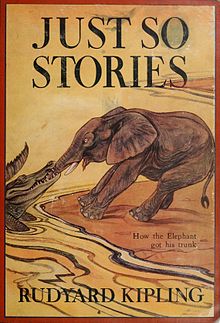
Just So Stories for Little Children is a book of stories by Rudyard Kipling. It was published in 1902 by Macmillan & Co. The stories are "origin stories". They explain how things in the natural world came about, such as the elephant's trunk and the camel's hump. Kipling drew the pictures for the original edition.
Just So Stories - Simple English Wikipedia, the free encyclopedia
Just So Stories - Wikipedia, the free encyclopedia
The BBC looked at them recently:
BBC Radio 4 Extra - Just So Stories - Episode guide
For example:
Series 1
Vivienne Parry presents the science behind some of Rudyard Kipling's Just So Stories.
BBC Radio 4 - Just So Science, Series 1
And here we have a very different take on the stories:
BBC Radio 4 - Just So Science, Series 1, How the Whale Got His Throat
BBC Radio 4 - Just So Science, Series 1, How the Leopard Got His Spots
BBC Radio 4 - Just So Science, Series 1. The beginning of the Armadillos
BBC Radio 4 - Just So Science, Series 1, How the Rhinoceros Got His Skin
BBC Radio 4 - Just So Science, Series 1, The Cat That Walked By Himself
BBC Radio 4 - Just So Science, Series 2
For example:
How the Leopard Got His Spots
Series 1 Episode 2 of 5
BBC Radio 4 - Just So Science, Series 1, How the Leopard Got His Spots
BBC Radio 4 - Just So Science, Series 2
And for the original story:
How the Leopard Got His Spots - Rudyard Kipling
.
.
.
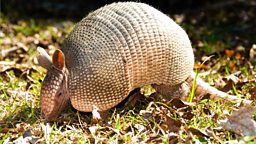
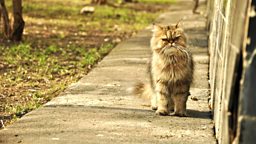
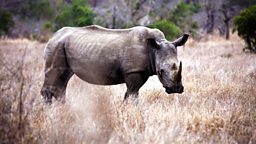
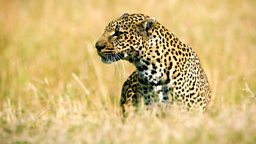
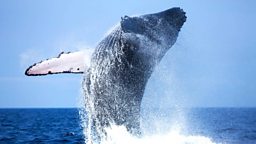
No comments:
Post a Comment